The curious reason why we just don't give daffodils enough credit for being the amazing flower that they are
Charles Quest-Ritson's on the joys of this stupendously hardy little flower, how one particular variety came to bear his name — and why we'd think an awful lot more of them if they didn't grow so easily.

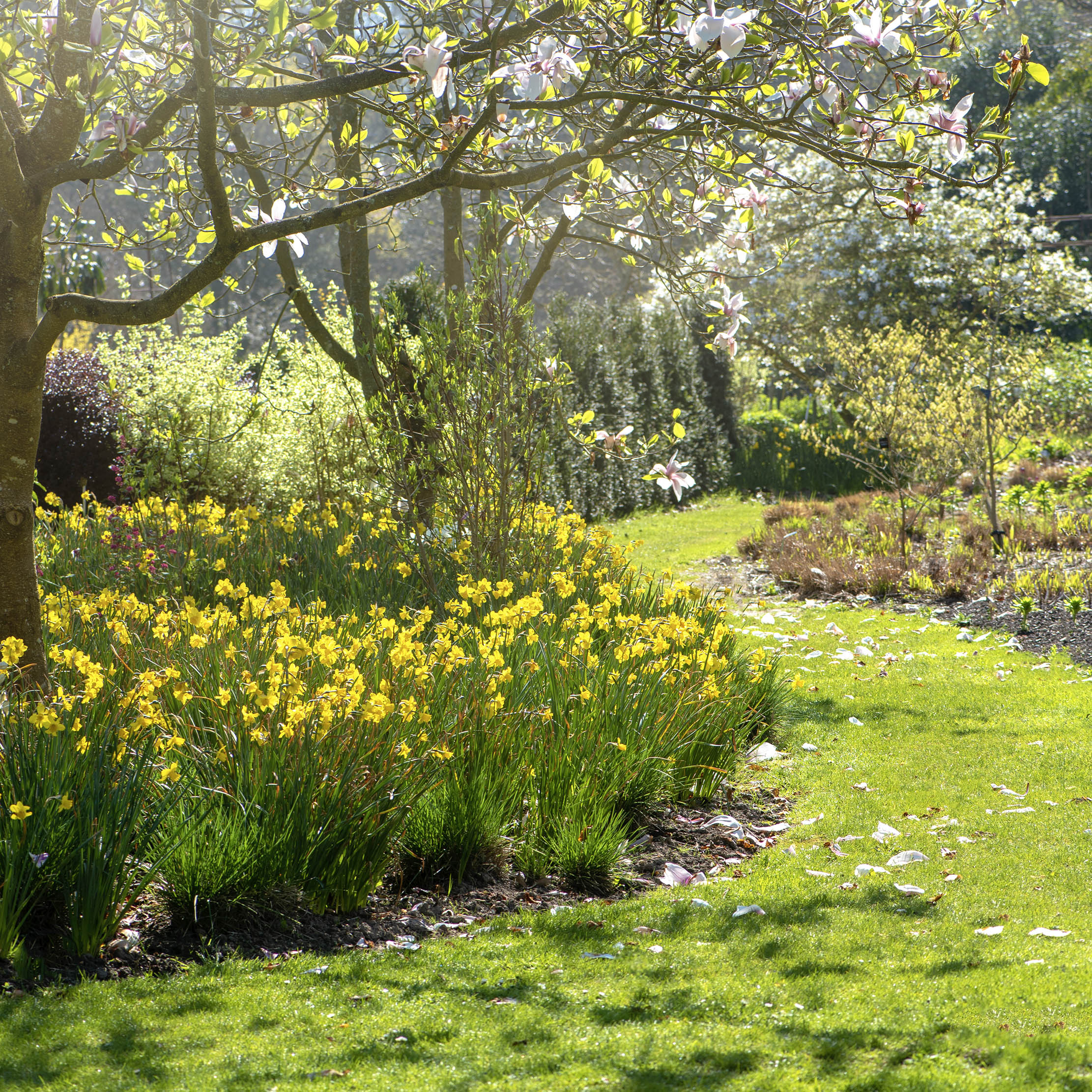
Was there ever such an obliging and ubiquitous plant as the daffodil? Wise gardeners have them in flower from December to May. Impossible to kill, they will thrive in any soil or position, competing successfully with grass, tree roots and herbaceous plants for nourishment.
Their greatest need, judging by the conditions in which they grow in the wild, is for plenty of water at their time of maximum growth. Were they not so easy to cultivate, we should esteem them much more highly.
The city of Aberdeen has planted mile after mile of its roadside verges with daffodils, great swathes of them, one variety at a time. Many English expatriates in tropical climates pine for them, just as we might yearn to grow their exotic orchids in England.
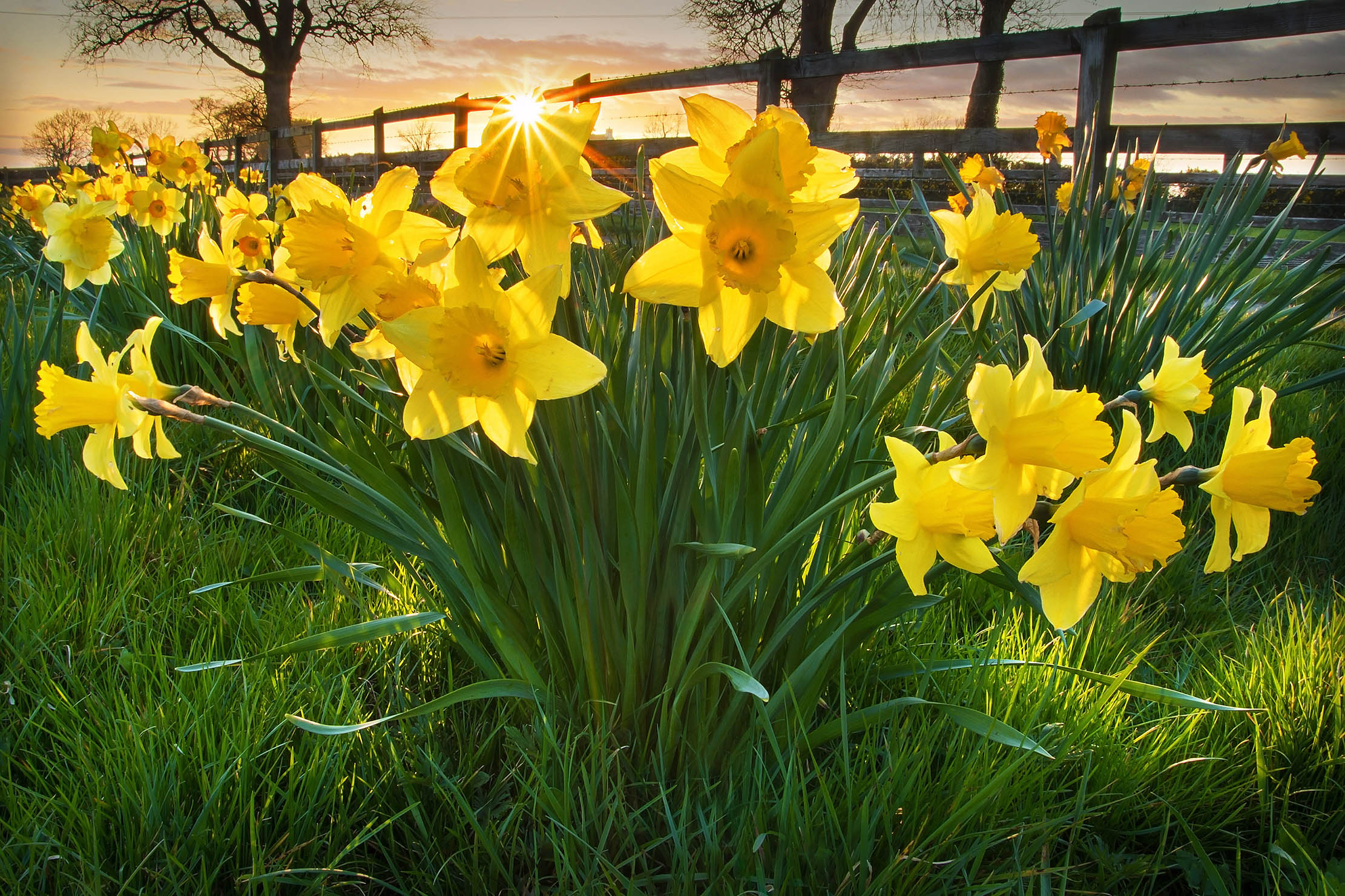
The botanical name for a daffodil is Narcissus, which commemorates the beautiful youth who came to a bad end in Greek mythology. All daffodils are narcissi, but not all narcissi are daffodils; some are jonquils, for example. Botanists have found Narcissus a difficult genus to classify. Part of the reason is that botanists themselves are divided into two subspecies, the lumpers and the splitters. King of the splitters was Adrian Haworth who, in 1831, recognised 150 species; the chief lumper of Victorian times was John Baker in 1875, who would allow only 16.
Parts of the genus Narcissus are, in any case, in a very rapid state of evolution. This needs explaining. Some genera are so stable that they have not changed for millions of years: cycads and ginkgos, for instance. Others are in the process of splitting up into many different species.
Take the true daffodils, for example, the ones whose large flared trumpets are known as coronas to the botanists and are backed by broad petals that they call the perianth segments. In Britain, we have only two closely related wild species, the Tenby daffodil, Narcissus obvallaris, and the ordinary trumpet daffodil N. pseudonarcissus. In Spain’s Picos de Europa, however, you can visit colonies of four or five different species within a short distance of each other. As they sometimes overlap and still hybridise with each other, Narcissus remains a fertile field for botanical confusion.
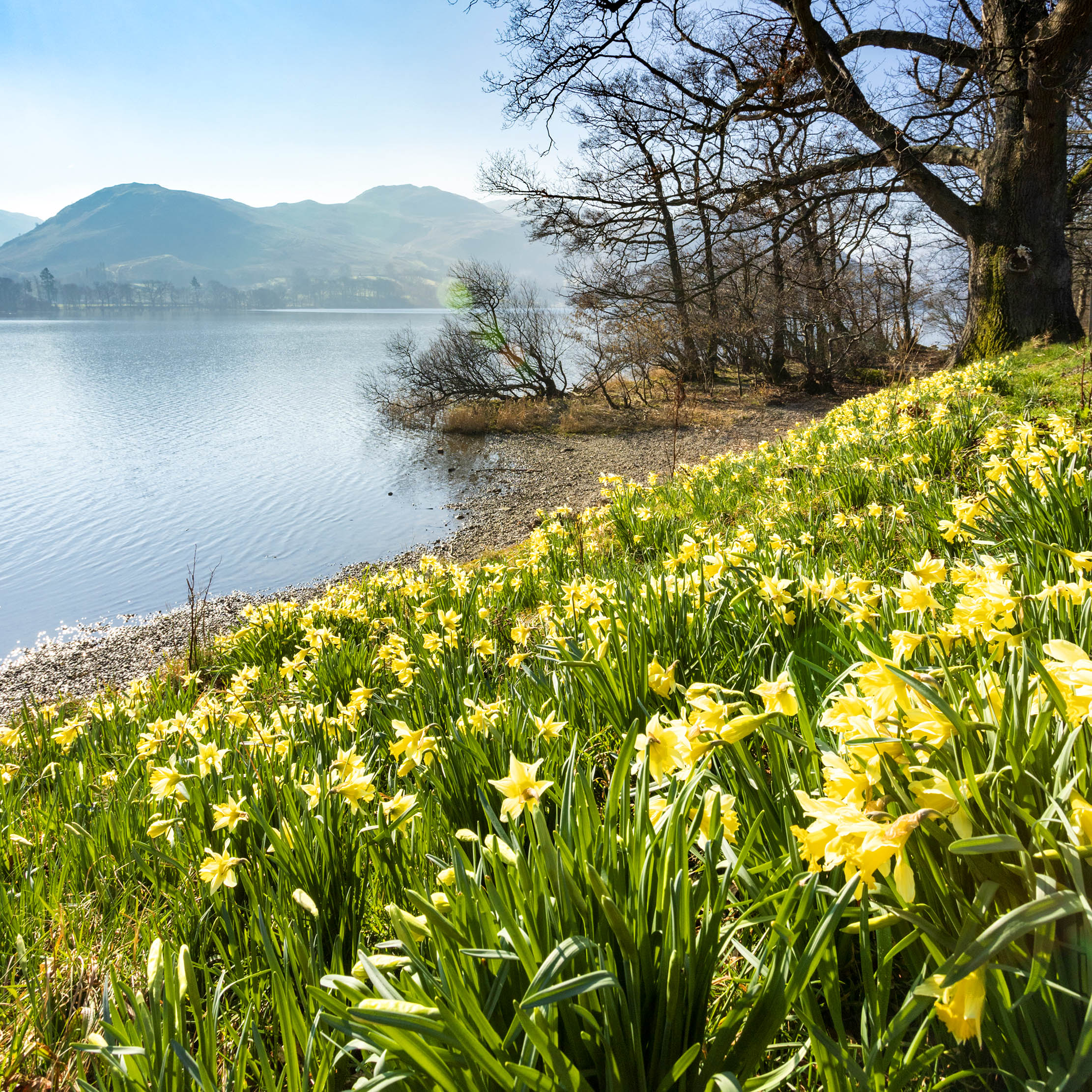
Spain is the epicentre of the genus Narcissus, from which the species has spread out in all directions. The strangest is Narcissus viridiflorus, which is leafless (the flower stem does the photosynthesising), and green-flowered. For this reason, the flowers are not conspicuous, although a good size, and, often, you smell their strong sweet scent before your eye focuses on them. I have only seen N. viridiflorus once in the wild, growing on the edge of wet clay olive groves behind Algeciras.
Exquisite houses, the beauty of Nature, and how to get the most from your life, straight to your inbox.
Other species have proved very adaptable in the wild, which has helped them expand their natural range. Such species as Narcissus triandrus, known as Angel’s Tears, and N. bulbocodium, the hoop petticoat, grow from sea level to the snow line and flower from January to June, according to the altitude. Moreover, they often occur naturally side by side. And yes, they hybridise, too.
One March, we drove through the Cantabrian Mountains when the turf was spangled with Narcissus bulbocodium far and wide. It was still yellow with narcissi nearly two months later, but the early species had been replaced by millions of trumpet daffodils called Narcissus nobilis. One valley was due to be flooded as a reservoir — Spain is big on hydroelectric power — and all these bulbs, plus the town of Riaño, are now nearly 100 yards under water.
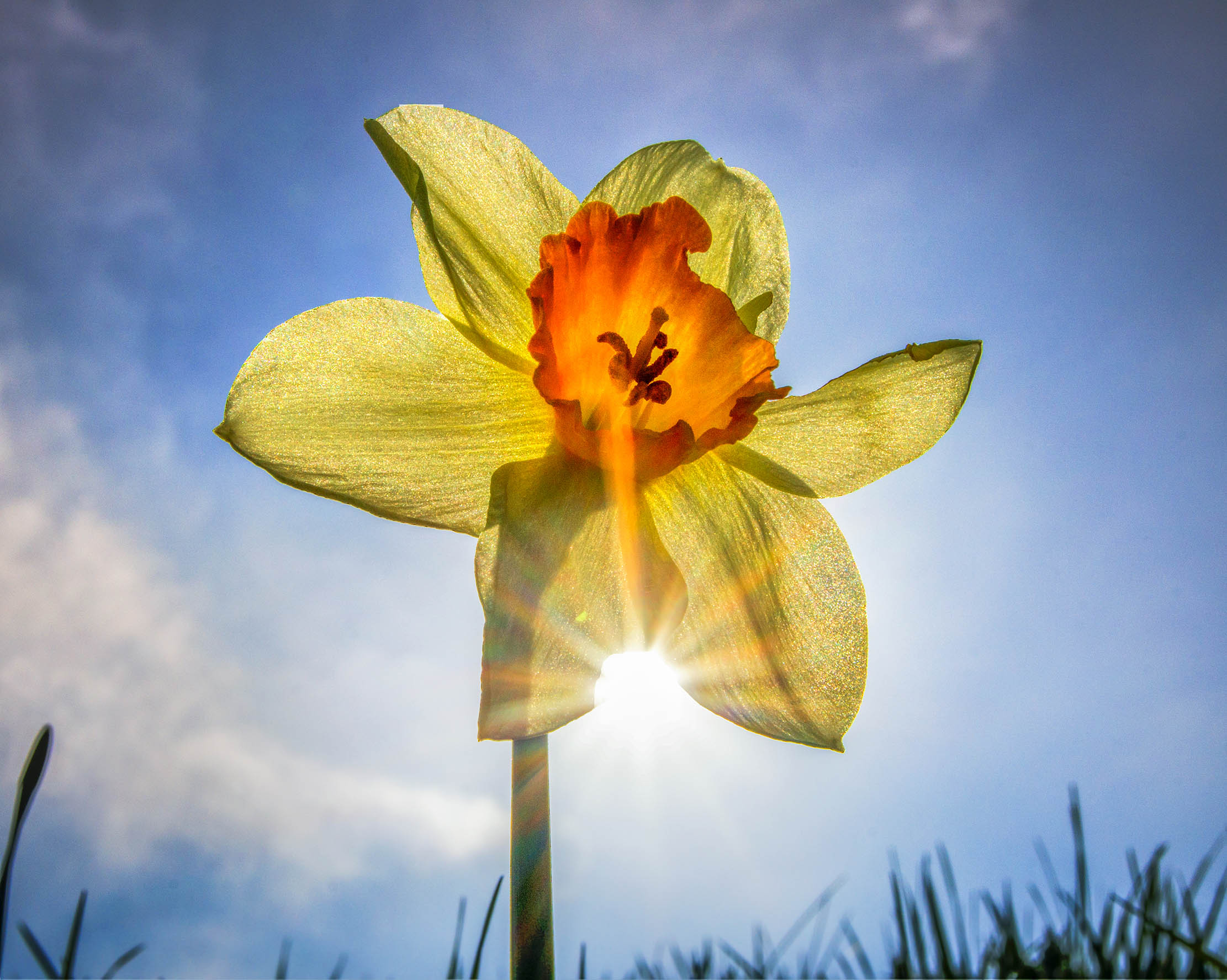
Many years ago, I collected a few bulbs of a small jonquil growing in the limestone mountains above Almuñecar in Andalusia. It caught my eye because it grew in rocky crevices on a hillside that had recently been devastated by the worst forest fire in living memory.
I brought the bulbs home and gave some to Wisley’s botanist who told me, excitedly, that he thought it might be a new subspecies. I was enormously flattered, and fancied telling everyone that, of course, Narcissus gaditanus subsp. quest-ritsonii was named after me, didn’t they know?
Then the botanist changed his mind and said that it was not a new subspecies, but only a form that did not merit separate naming. Nevertheless, it is still in cultivation among the cognoscenti and, if you go to a show run by the Alpine Garden Society, you may find it exhibited with a label saying Coll: Q-R.
When I see it, I gaze upon it with pride — it’s beautiful, and it’s mine. But that’s what the young Greek Narcissus thought about his reflection. And look what happened to him.
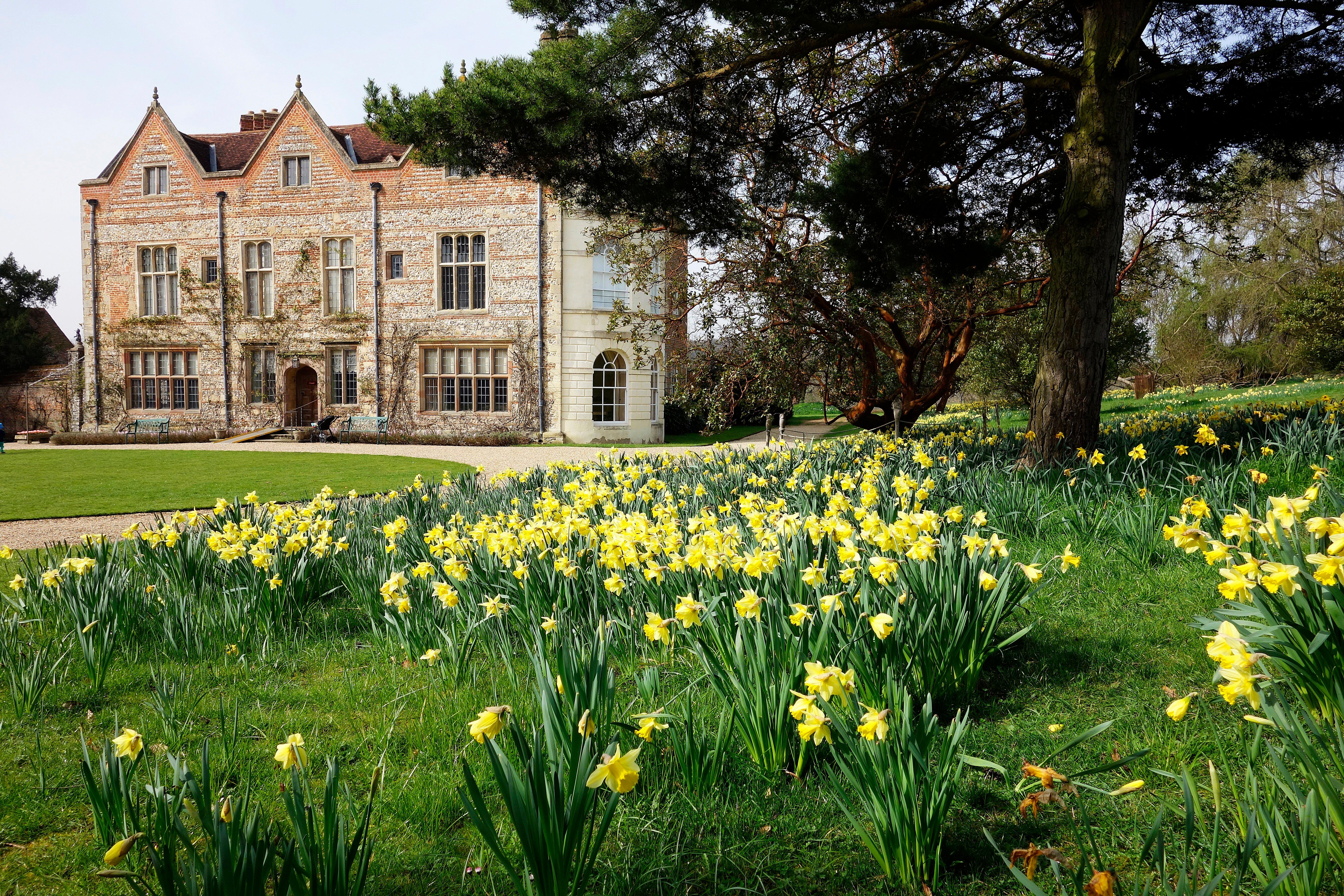
Credit: Alamy
The best daffodils and narcissi to grow your garden, whether in pots, grass or borders
With more than 26,000 to choose from, it can be agonising deciding which narcissus to grow. Charles Quest-Ritson asks daffodil
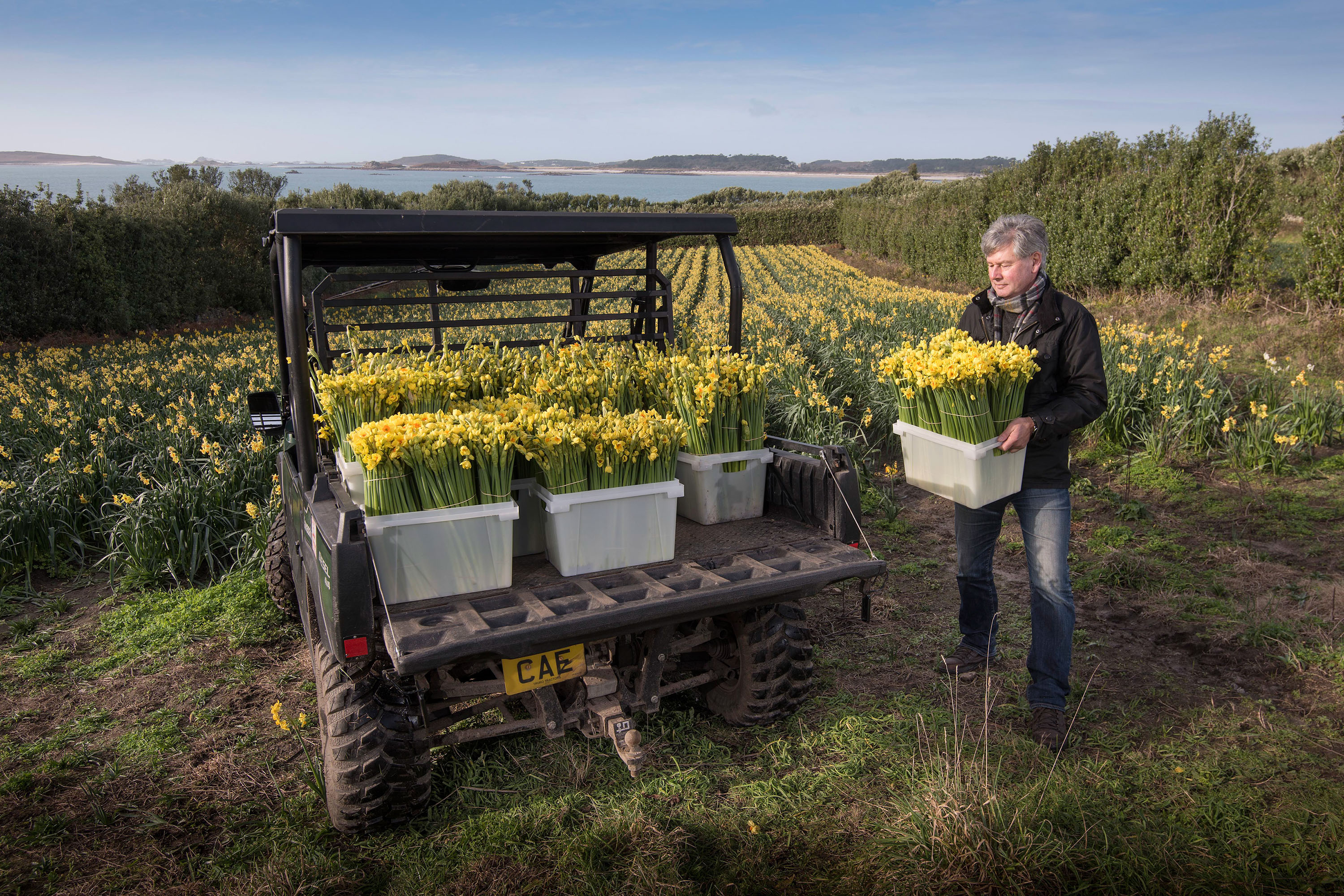
The flower growers of the Scilly Isles: 'There’s a bit of good fortune and a lot of hard work'
The Isles of Scilly have spectacularly good conditions for growing flowers – particularly the daffodils and other narcissi which we're now
Charles Quest-Ritson is a historian and writer about plants and gardens. His books include The English Garden: A Social History; Gardens of Europe; and Ninfa: The Most Romantic Garden in the World. He is a great enthusiast for roses — he wrote the RHS Encyclopedia of Roses jointly with his wife Brigid and spent five years writing his definitive Climbing Roses of the World (descriptions of 1,6oo varieties!). Food is another passion: he was the first Englishman to qualify as an olive oil taster in accordance with EU norms. He has lectured in five languages and in all six continents except Antarctica, where he missed his chance when his son-in-law was Governor of the Falkland Islands.
